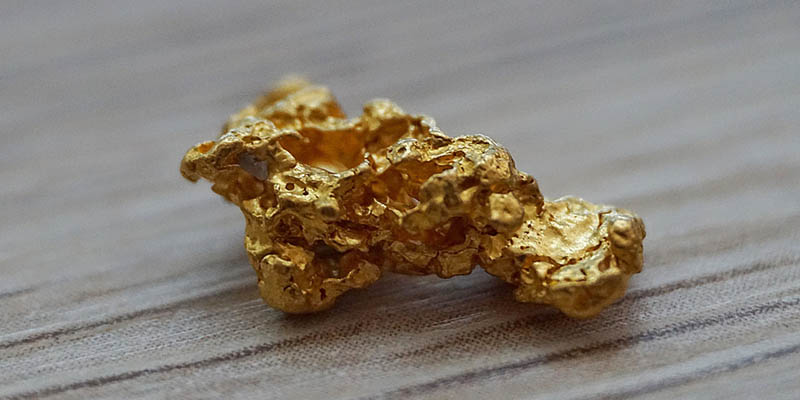Actual gold nugget jewelry is quite rare. The fashion trend of nugget style flourished in the 1980’s flooding the market with “nugget” jewelry. Let’s take a look at the history of the Gold Rush in California.
On January 24, 1848, James Marshall discovered flecks of gold in the mill that he was building for John Sutter near Coloma.
Word of his discovery traveled quickly. By 1849, around 300,000 prospectors from across the nation, along with a dozen countries, had flocked to California in search of gold. They were given the nickname of Forty-Niners.
It was some of the most physically demanding work. They moved rock, waded in freezing streams, and dug by hand. Not everyone got lucky.
Actual nuggets are rare. They only comprise about 4% of all gold deposits.
In total, an astounding $10 million in gold was pulled from the ground in 1849, and another $41 million in 1850 (nearly a billion in today’s dollars!).
Around the same time, the Australian government had been keeping its discoveries a secret. After seeing the influx of people flock to California, they decided to start publicizing their own finds. This created the Australian gold rush in 1851, a somewhat lesser known chapter in the history of gold and gold nugget history.
Wearing a piece of nugget jewelry evokes times of over 170 years ago when the Gold Rush fever swept the world. Large gold rush nuggets are so rare that it’s unlikely you’ll find an authentic one in a piece of jewelry.
Before you buy a piece described as “gold nugget jewelry,” ask about its provenance, including its age, where it came from, and who made it. Also, find out the type of gold in the piece and its weight. This will give you clues regarding the intrinsic and market value of the piece.

